What You Need to Know About Synthetic Roofing
October , 2024 | 6 min. read
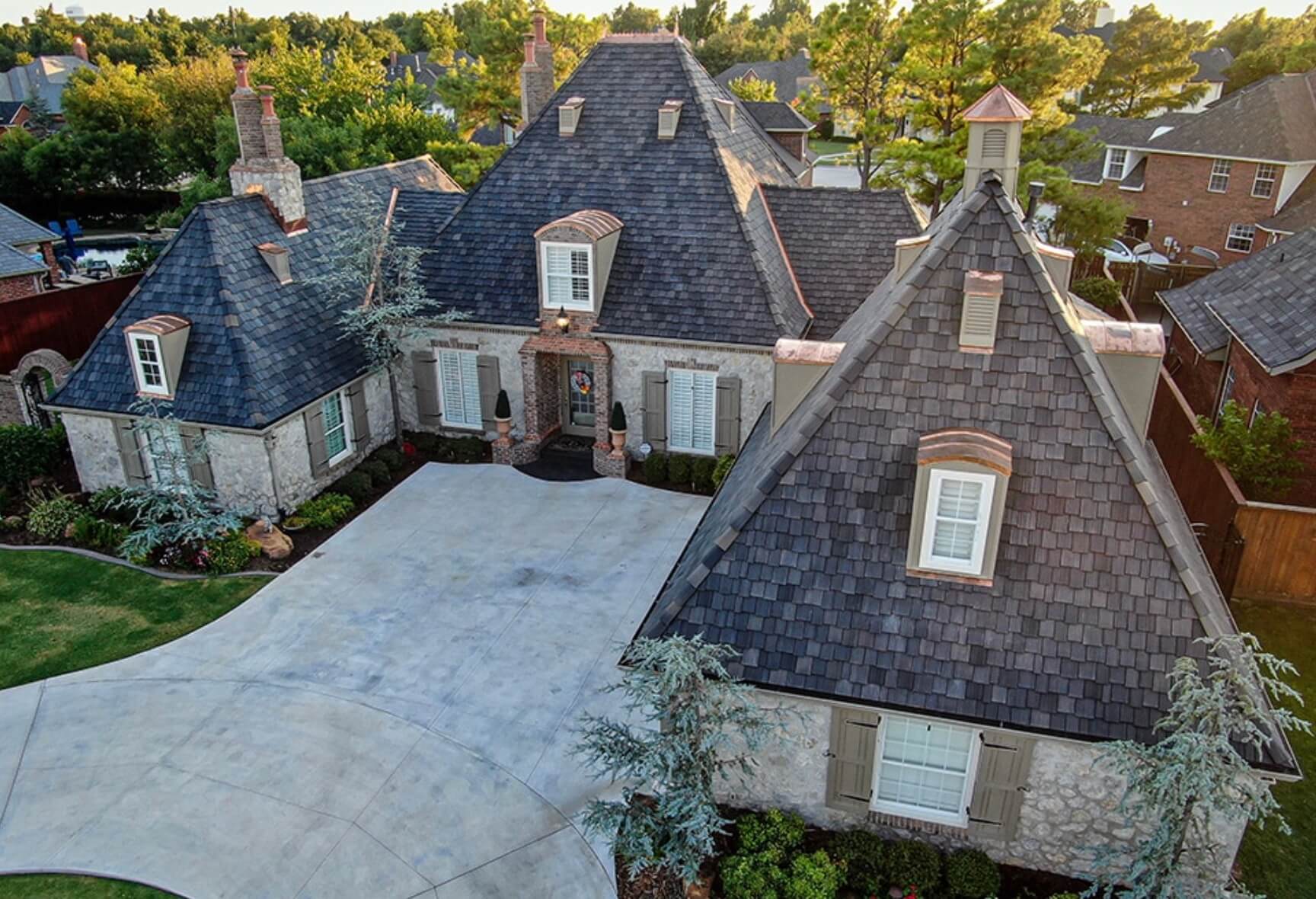
When it comes to choosing a roofing material for your home, there’s no shortage of options! Homeowners these days are quite lucky to have so many choices, from traditional asphalt shingles to chic metal, slate, and tile. One option, in particular, has been gaining traction, and that's, drum roll please: synthetic roofing!
At RoofCrafters, we love a luxury look on a budget. So, if you’re unfamiliar with synthetic roofing or simply curious about whether it’s the right choice for your home, you’ve come to the right place!
That being said, in this article, we'll dive into everything homeowners like you need to know about synthetic roofing, including its benefits, cost, and longevity, so you can make an informed decision before choosing the best look for your home. Let's dive in!
What is Synthetic Roofing?
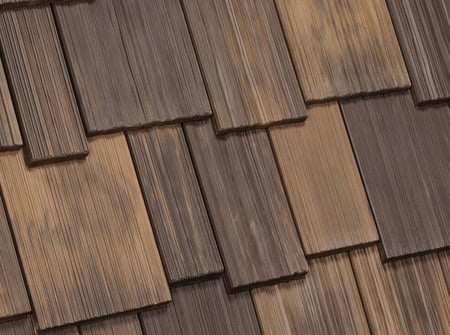
Synthetic roofing is an umbrella term that covers roofing materials designed to mimic natural roofing products such as slate, cedar shakes, or tile but is made from man-made components. These synthetic materials typically include a blend of rubber, plastic, or polymer composites.
Because synthetic roofs are engineered, manufacturers have greater control over the materials’ performance, often enhancing durability, weather resistance, and ease of installation. For homeowners looking for a blend of aesthetics, functionality, and sustainability, synthetic roofing can be a game-changer.
Types of Synthetic Roofing Materials
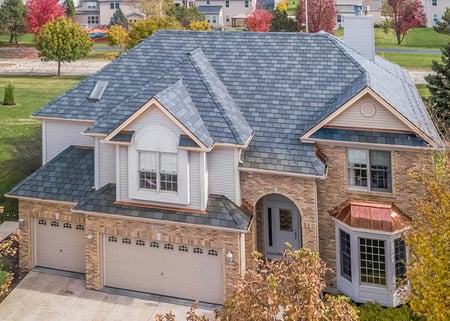
Synthetic roofing materials come in a variety of forms, each designed to replicate traditional roofing materials. Here are some of the most common types:
• Synthetic slate: Designed to look like natural slate, synthetic slate is much lighter and more affordable. Natural slate is known for its beauty and durability, but it’s also expensive and heavy, requiring additional structural support. Synthetic slate provides a similar aesthetic without the extra weight and cost.
• Synthetic cedar shakes: If you love the rustic look of cedar shake roofs but are worried about maintenance, synthetic cedar might be the way to go. Real cedar shakes can deteriorate over time, especially in humid climates. Synthetic cedar shakes offer the same look without the vulnerability to rot, insects, or mold.
• Synthetic tile: Tile roofing is often seen in warmer climates, especially in Mediterranean or Spanish-style homes. While traditional clay or concrete tiles are durable, they are also heavy. Synthetic tile is a lightweight alternative that offers the same look and weather-resistant properties.
The Benefits of Synthetic Roofing
One of the main selling points of synthetic roofing is its durability. Unlike natural materials that can crack, rot, or split over time, synthetic materials are engineered to withstand harsh weather conditions, including high winds, UV rays, heavy rain, and even hail. This makes synthetic roofing particularly appealing to homeowners in regions with extreme weather fluctuations.
Lightweight
Traditional roofing materials like slate or tile can weigh hundreds of pounds per square (100 square feet), often requiring additional structural support. Synthetic roofing materials, on the other hand, are much lighter. This reduces installation costs and makes them suitable for a wider variety of homes without the need for structural modifications.
Aesthetic Versatility
Synthetic roofing is designed to replicate the appearance of natural materials. Whether you’re looking for the elegance of slate, the rustic charm of cedar shakes, or the classic look of clay tiles, there’s a synthetic option that fits your style. These materials are manufactured in a wide range of colors and textures, allowing homeowners to customize their roof’s appearance without sacrificing performance.
Longevity
A properly installed synthetic roof can last between 40 to 50 years or more, depending on the manufacturer and the specific material. In comparison, traditional asphalt shingles might only last 20 to 30 years. With a longer lifespan, synthetic roofing can be a cost-effective investment over time.
Eco-Friendly
Many synthetic roofing products are made from recycled materials and are recyclable at the end of their life cycle. This makes them a more sustainable option than traditional roofing materials like asphalt shingles, which are made from petroleum-based products and typically end up in landfills.
Low Maintenance
Natural materials like cedar shakes or slate often require regular maintenance to prevent issues like rot, mold, or breakage. Synthetic roofing, on the other hand, requires much less maintenance. Once installed, synthetic roofs require minimal upkeep and are designed to resist common roofing issues like cracking or warping.
The Cost of Synthetic Roofing
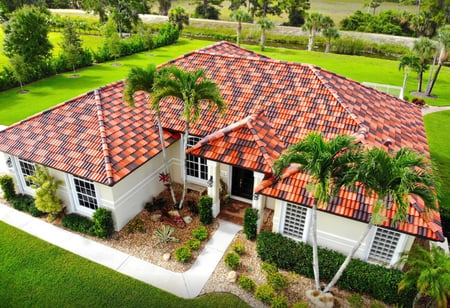
While synthetic roofing offers many benefits, it’s important to consider the cost. Synthetic materials are generally more expensive than asphalt shingles but cheaper than natural slate or tile. Here’s a rough breakdown of the costs:
• Synthetic slate: $8 to $12 per square foot
• Synthetic cedar shakes: $7 to $11 per square foot
• Synthetic tile: $6 to $10 per square foot
Keep in mind that these prices can vary depending on the manufacturer, installation costs, and the complexity of your roof. However, given the durability and low maintenance of synthetic roofing, many homeowners find that the upfront investment pays off in the long run.
Installation of Synthetic Roofing
The installation process for synthetic roofing is generally quicker and less labor-intensive than natural materials due to their lighter weight and uniformity. However, it’s still crucial to hire a professional roofing contractor with experience in synthetic roofing installation.
Synthetic roofing typically comes in individual pieces that snap together or overlap, much like traditional shingles, slate, or tile. Because these materials are engineered, there’s less variation in size and shape compared to natural materials, which speeds up the installation process and reduces the potential for mistakes.
Longevity, Warranties & Insurance
As mentioned earlier, synthetic roofs are built to last. Most synthetic roofing materials come with warranties ranging from 40 to 50 years, and some manufacturers even offer lifetime warranties. This longevity, coupled with a solid warranty, can provide homeowners with peace of mind, knowing that their investment is protected.
Because of their durability and resistance to weather-related damage, synthetic roofing materials can often help lower homeowners’ insurance premiums. Some insurance companies offer discounts for homes with impact-resistant roofs, as these are less likely to need repairs or replacement after storms.
Is Synthetic Roofing Right for You?
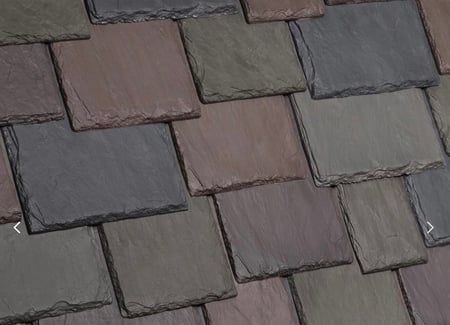
Synthetic roofing is an excellent option for homeowners who want the look of premium materials like slate, tile, or cedar shakes without the high cost or maintenance that typically comes with those options. It’s also a great choice for homeowners who live in areas prone to severe weather, as synthetic materials tend to hold up better under harsh conditions.
If you’re eco-conscious, synthetic roofing’s use of recycled materials and its recyclability at the end of its life cycle makes it a sustainable choice. And with its long lifespan and durability, synthetic roofing can provide a significant return on investment over time.
Before making any decisions, consult with a local roofing expert, like RoofCrafters, who can assess your home’s specific needs and recommend the best synthetic roofing options! With the right installation and care, your synthetic roof will protect your home for decades to come.
My name is Cassie, and I’m the Content Manager here at RoofCrafters. I was born and raised in Chicago, Illinois, and made my way out to Florida post-college graduation. I’m incredibly passionate about writing and creating valuable content that helps others with the collaboration of my marketing team. When I’m not working, I enjoy shopping (a little too much), spending time at the beach, and reading!



